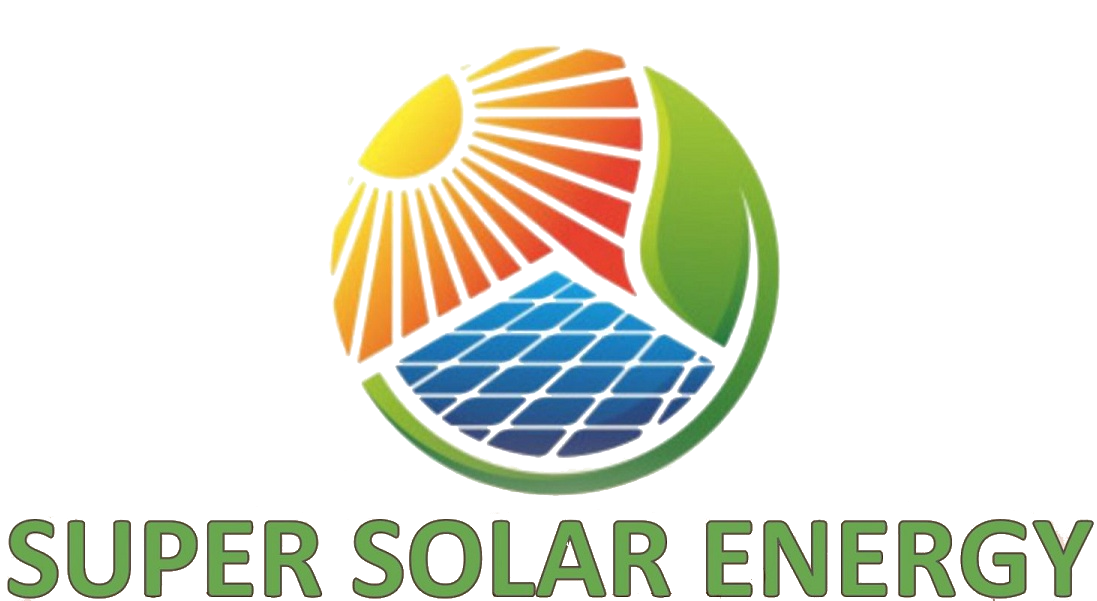Victorian feed-in tariff
- There is currently a minimum single-rate feed-in tariff and a time-varying feed-in tariff for excess electricity fed back into the grid.
- The minimum feed-in tariff scheme aims to fairly compensate customers for the excess power they export to the electricity grid.
- Feed-in tariff (FiT) rates are set annually by the Essential Services Commission (ESC). In 2017, following an ESC review, the government implemented reforms to feed-in tariff arrangements. These reforms allowed the ESC to determine a single feed-in tariff rate or multiple feed-in tariff rates, and recognise the environmental and social value of distributed generation, including solar generation.
- You can review the 2020-21 minimum and time-varying FiT rates here.
- Additional information about the minimum and time-varying FiTs can be found on the ESC website.
- Customers on the Transitional Feed-in Tariff and Standard Feed-in Tariff schemes, which expired on 31 December 2016, are also eligible for the new minimum feed-in tariffs.
- The feed-in tariff is available to solar and other eligible forms of renewable energy, such as wind, hydro or biomass, with a system size less than 100 kilowatts.
Victoria Solar Panel (PV) Rebate & Eligibility
Solar Victoria are providing a rebate of up to $1,850 ?for solar panel (PV) system installation, for homeowners and? rental properties.
- Victorian households are eligible to receive a rebate for installing a solar PV system if they meet the following criteria:
- They are the owner-occupier of the property?
- The owners have a combined household taxable income of less than $180,000 per year (based on last year’s Australian Tax Office Notice of Assessment)
- It is an existing property, valued at under $3 million
- They do not have an existing solar PV system.
- Early adopters who installed their system prior to 1 November 2009 are eligible to replace or expand their existing system. However, those receiving the Premium Feed-in Tariff should consider whether they will be better off if they replace their existing system.?
Interest Free Loan
- To further reduce costs, owner-occupiers can apply for an interest-free loan, for an amount equivalent to their rebate amount.
- An interest-free loan, matching the rebate amount, is also available for most solar panel (PV) applications.
In line with the existing rebate, the new interest-free loan can be applied up to an amount of $1,850. If your total system cost is less than $3,700, there will be no upfront cost. - The loan is required to be repaid over four years, or can be repaid sooner in one lump sum.
Small-scale Technology Certificates (STCs)
STCs are part of the Australian Renewable Energy Target which aims to increase the generation of renewable energy in Australia and decrease emissions. To offset carbon emissions, energy retailers purchase certificates created after households and businesses install renewable energy systems such as solar panel systems.
The geographical location of your solar system, installation date, and the amount of energy it generates determines the number of certificates created that you can sell or transfer to ‘recoup’ costs. Typically, the STC incentive is paid as an upfront discount off the purchase price of a solar system.
Find out more about STCs at www.cleanenergyregulator.gov.au and calculate the number of certificates your system is eligible for using the STC Calculator.
